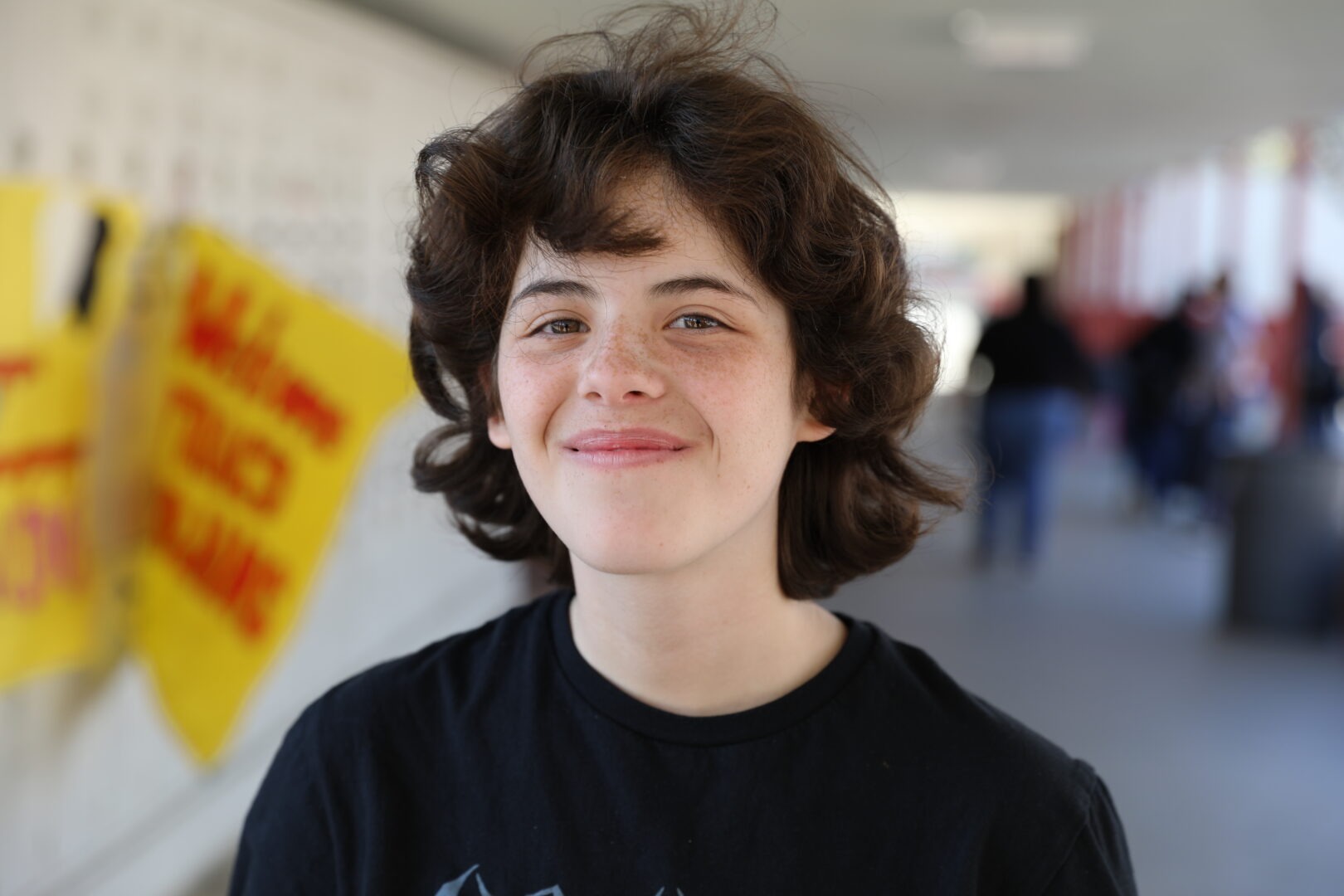Making Mental Health a Priority
Adolescence is often remembered as a time of being an adventurous youth, but it’s also a time when young adults sharpen the skills and behaviors that they will take with them into adulthood.
According to the World Health Organization, “One in seven, 10–19-year-olds experience mental health conditions,” meaning that 14% of adolescents are likely to have struggled with conditions like anxiety and depression.
Mental health concerns post-pandemic, especially related to anxiety, depression, and isolation, have skyrocketed in youth who spent critical development years at home. Helping support students through social and emotional learning (SEL), trauma-informed care and sharing resources for additional support out of school can make a difference. It is crucial as a society that we equip young people with the right tools and skills to prioritize their emotional well-being and offer them a space to turn to if they need help. SEL helps students manage their emotions, create healthy behavior, and allows them to reach their goals, which is why making mental health a priority in learning is so important.
Think Together has made it a priority to implement a range of social and emotional curriculum in our programs to make sure students feel supported and know they are never alone.
A peek behind the curriculum curtain
Think Together is more than a place for academic support after school. It’s a safe space for kids and teens to feel a sense of belonging, while learning and exploring the world around them.
For younger Think Together students, we utilize Mind-Up curriculum which focuses on being mindful instead of mind-full. These activities take students through a series of activities that utilize YouTube videos, group activities, and self-reflection in order to aid students in building emotional wellness.
Every Monday Matters focuses on reminding teens how much they matter to their friends, community, and most importantly themselves. The main goal is to offer support to youth as they navigate their teen years and continue to grow in a safe environment like Think Together.
These programs are implemented to keep adolescent mental health at the forefront of learning and be a safe harbor for students to turn to when they are struggling academically, physically, or mentally.
Putting lessons into practice
Here are a few healthy ways to keep your mental wellness in check.
- Talk to a friend or parent: The human mind can be overwhelming which is why it can be cathartic to lean on friends, family, or
- Practice self-care: This can be taking care of your mind through mindfulness exercises. Self-care can also be going for a walk-in nature or dancing to your favorite song. Focus on what will benefit your mind, body, and soul.
- Create a “Peace Area”: Find or create an area that is meant for rebuilding your mental stamina and decompressing. An area where you can do calming activities such as reading a book or listening to music and relax without outside distractions.
- Channel your energy into a different outlet: Find a way to put your energy into things that make you happy and offer an outlet to express yourself. This can be painting, writing, sports, or even an anime club that helps express your emotions, so it isn’t bottled up.
- Reset your routine: A routine can be the perfect kind of structure to help balance and organize life. Sometimes a routine can create a sense of normalcy and security. But if a routine is the cause of poor mental health, then switch it up to break away from a tedious and repetitious cycle. Figure out what works in your life and a balance will soon follow.
The mental health journey is often one you face alone. If you or anyone you know is struggling with mental health, reach out to these help hotlines below to get additional support.
HELP HOTLINES:
Mental Health Emergency Hotline: 988
National Alliance on Mental Health (NAMI): 1-800-950-NAMI or text ‘HELPLINE’ to 62640
National Suicide Prevention Lifeline: 1-800-273-TALK
Self-Harm Hotline: 1-800-366-8288



